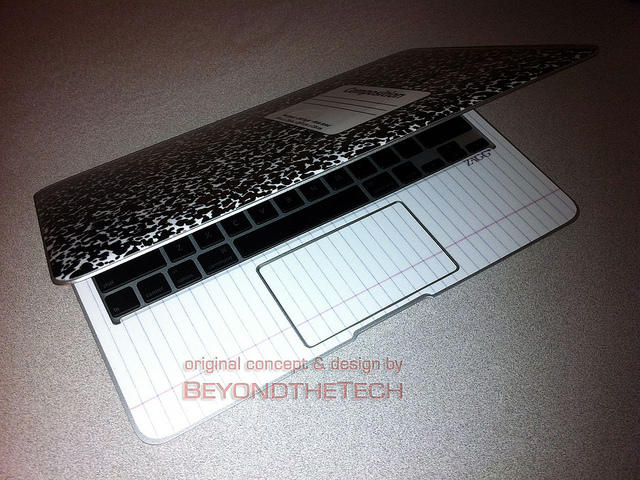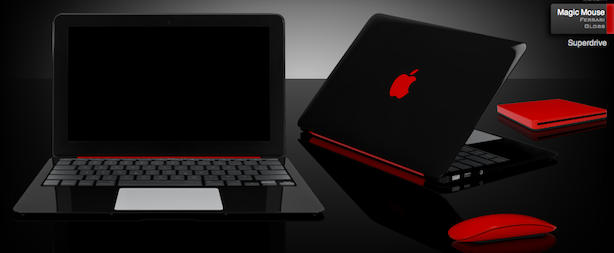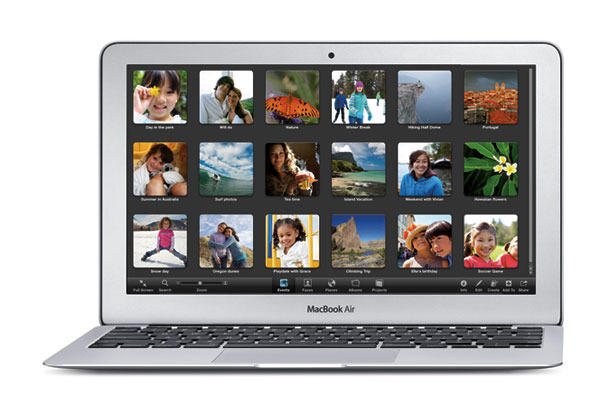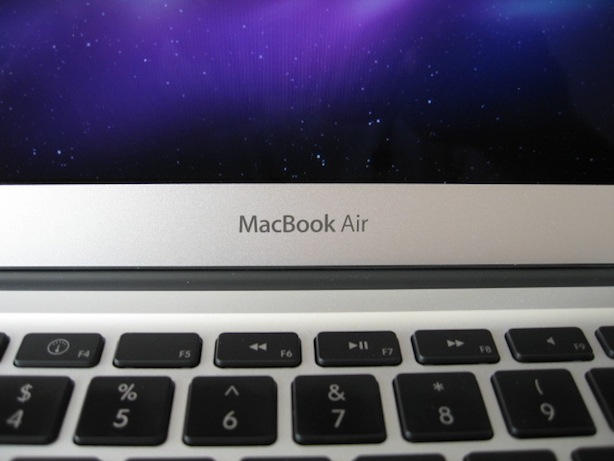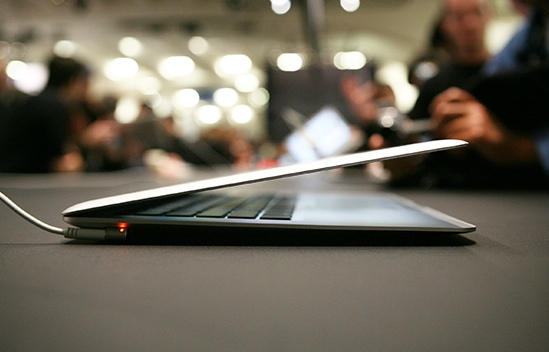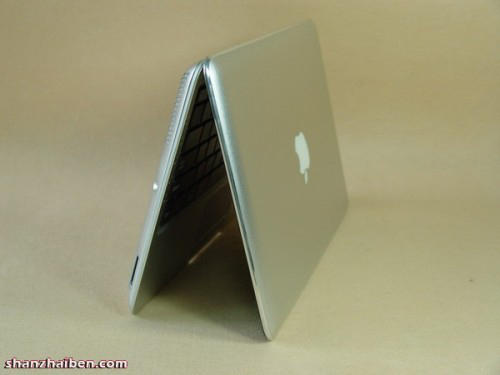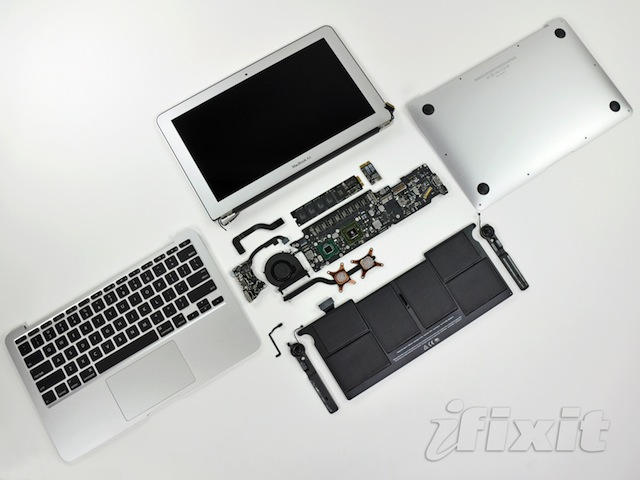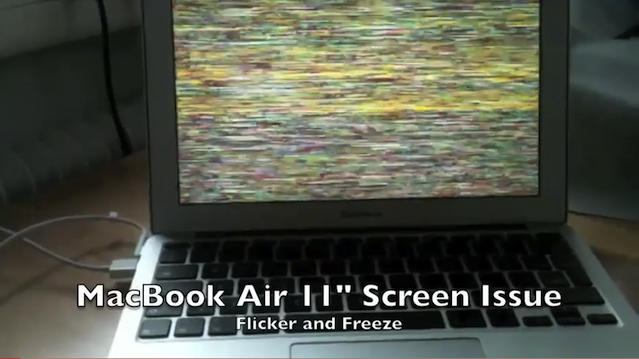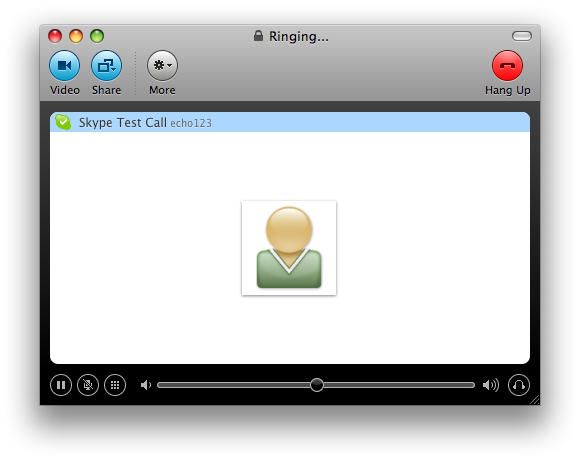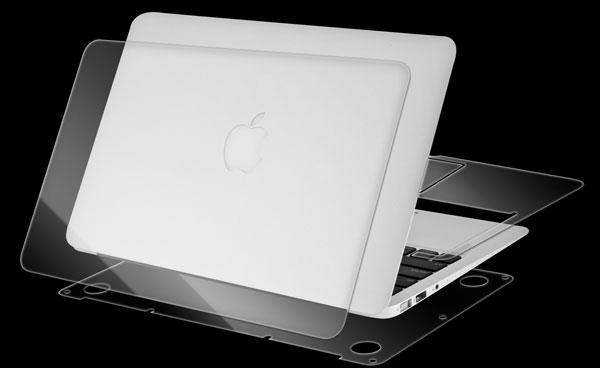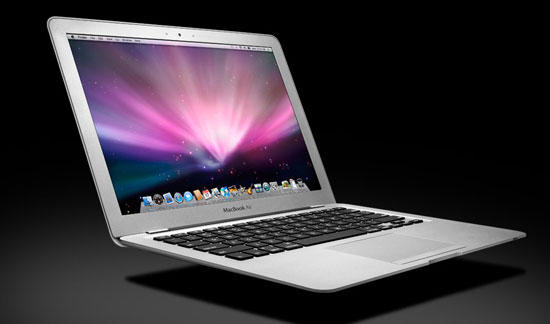Since its refresh in October 2010, the popularity of Apple’s MacBook Air has been rapidly increasing according to new research by J.P. Morgan analyst Mark Moskowitz. Sales of the device have seen a 333% year-over-year rise, with a projected annual revenue of a whopping $2.2 billion.
Moskowitz said in his research note:
“We believe that the growth rate of the MacBook Air stands to moderate, but we expect the product to exhibit increasing contribution to the overall Mac business,” Moskowitz wrote. “(The fourth quarter of calendar 2010) was the first quarter in which the MacBook Air accounted for greater than 10% of total Apple Mac units. More importantly, the MacBook Air accounted for 15% of total notebook sales during the quarter, versus 5% in the prior year.”
The latest refresh to the MacBook Air line introduced an ultraportable 11.6-inch model – a perfect alternative to users looking for the portability of a netbook but with the stability of a Mac. When the device first launched back in January of 2008, a 13-inch machine was the only option, with a starting price of $1,799. Now there are two machines to choose from, both of which come equipped with SSD hard drives as standard, starting at just $999.
It’s believed that the lower starting price and a choice of two notebooks are the main reasons behind the growth in popularity of the MacBook Air.
[via MacRumors]



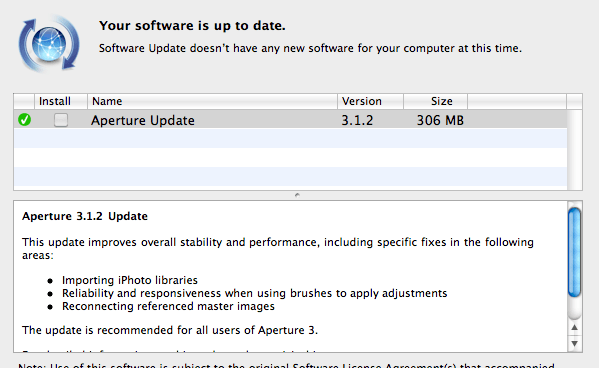

![Another Fix for Flickering MacBook Air External Displays [How to] 86338d1288707361-macbook-air-11-foto](https://www.cultofmac.com/wp-content/uploads/2010/11/86338d1288707361-macbook-air-11-foto.jpg)
![Manage How You Use Your Disk Space on Any Mac [How To] macbookair_new1](https://www.cultofmac.com/wp-content/uploads/2010/10/macbookair_new1.jpg)


